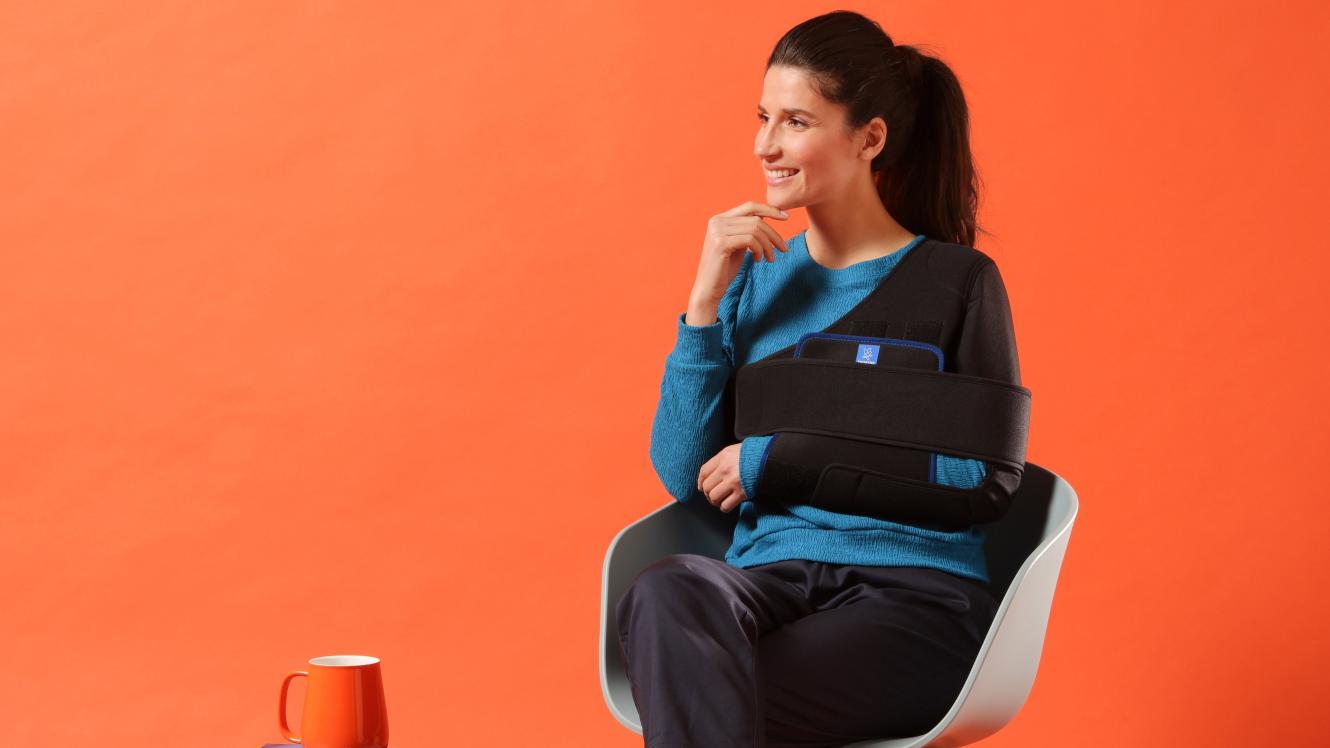The shoulder
The shoulder is a relatively simple joint, which is highly mobile but naturally unstable. Shoulder problems, caused by injury or wear and tear, can affect the joints, tendons or nerves. They particularly affect people taking part in sports.

The shoulder consists of the glenohumeral joint (between the shoulder blade and the humerus) and the acromioclavicular joint (between the collarbone and the acromion, the “point” of the shoulder). It also involves several muscles that converge to form the “rotator cuff”, a set of tendons located on the humerus.
Traumatic shoulder conditions
These are often caused by a direct impact or a fall during a sports activity or a road traffic accident. An acromioclavicular sprain is caused by partial tearing of the ligaments at the point of the shoulder. A dislocation is a sudden loss of contact between the joint surfaces of the shoulder (usually the glenohumeral joint), causing damage to the ligaments, tendons and the joint capsule. Young adults playing sports are commonly affected by this injury, after falling on their hands. The shoulder needs to be quickly put back in place (reduction of the dislocation). Shoulder fractures mainly involve the collarbone in young people and the humerus in older patients. The injury may be accompanied by a deformation and haematoma of the shoulder.
These conditions are all painful and impede movement. They are treated by rest, anti-inflammatory medication and immobilisation of the shoulder for several weeks (“arm in a sling”). Surgery may be necessary in some cases. Following immobilisation, gradual orthopaedic rehabilitation should be promptly initiated to prevent stiffness.
Inflammatory and degenerative conditions
The shoulder can be the site of inflammation, such as rotator cuff tendinitis, when the tendons rub against the acromion. Pain can prevent sleep and movements are limited.
The components of the shoulder can be damaged by ageing, the accumulation of minor sports injuries or repetitive movements. Osteoarthritis of the shoulder corresponds to wear and tear on the cartilage of the humeral head (and the shoulder blade in some cases). It causes pain, stiffness and cracking.
A rotator cuff rupture affects one of the rotator cuff tendons. It causes severe pain and loss of strength in the arm.
Painkillers, anti-inflammatories and physiotherapy are some of the treatments proposed in these conditions.